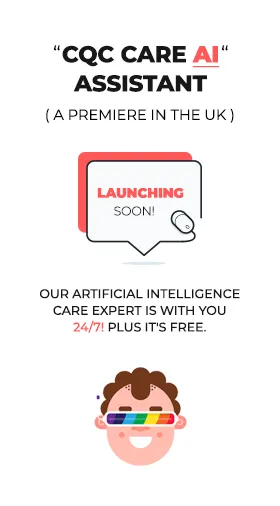Effective Management of PRN Medicines in Care Settings
In the realm of care services, the administration of medicines is a critical component, particularly when it comes to “to be taken as required” (PRN) medications. These medicines, which can be prescribed or acquired over-the-counter, are designed to be used when necessary, such as in situations of pain or discomfort. For CQC compliance and the safety of individuals in care, it is imperative to manage these medicines meticulously. This article offers a comprehensive guide on supporting a person to take PRN medicines effectively and safely.
Understanding PRN Medicines
PRN medicines are distinct in that they are not taken on a fixed schedule but rather as the situation demands. They may be prescribed for a range of conditions, from pain relief to anxiety management. The flexibility of PRN medicines requires careful oversight to ensure they are used appropriately and effectively.

Key Considerations for Care Staff
- Care Plan Documentation: Every PRN medicine, whether prescribed or self-procured, must be thoroughly documented in the individual’s care plan. This documentation should include clear instructions on usage and the specific conditions under which the medicine should be administered.
- Availability and Accessibility: Ensure that PRN medicines are readily available when needed. This involves keeping a well-organized stock and checking expiration dates regularly.
- Dosing Guidelines: Familiarize yourself with the recommended dosage, the minimum interval between doses, and the maximum dosage within a certain period (e.g., 24 hours), as per the prescription or patient information leaflet (PIL).
- Administration Methods: Understand how the individual usually takes the medicine, including any aids they might require, such as pill cutters or syringes.
- Monitoring and Reporting: Keep a vigilant eye on any difficulties or issues the person may have while taking the medicine. This can include challenges with specific forms of medicine, like injections.
- Medicine Interactions: Before administering, ensure that the PRN medicine does not conflict with other medications the person is currently taking.
- Accurate Record Keeping: Use the Medication Administration Record (MAR) chart to record every instance of PRN medicine administration promptly and accurately. This is crucial for tracking usage and identifying any patterns or concerns.

Supplementary Policies and Forms
To reinforce the safe management of PRN medicines, care services should also refer to the following:
- Medication to be taken “as required” policy
- Domestic (Homely or Non-prescribed) Medicines policy
- Medicines to be “taken when required” (PRN) record form
- Rescue and Emergency Medicines Policy
- Emergency Medicines Care Plan form
These documents provide a structured approach to handling PRN medicines and emergency situations, ensuring that care staff are well-equipped to manage these scenarios.

Conclusion
The proper management of PRN medicines is a critical aspect of care provision. By adhering to these guidelines and ensuring thorough documentation and understanding of each individual’s needs, care staff can significantly enhance the wellbeing and comfort of those in their care. Always remember, the person’s safety and health are paramount, and effective management of PRN medicines plays a pivotal role in achieving this goal.






